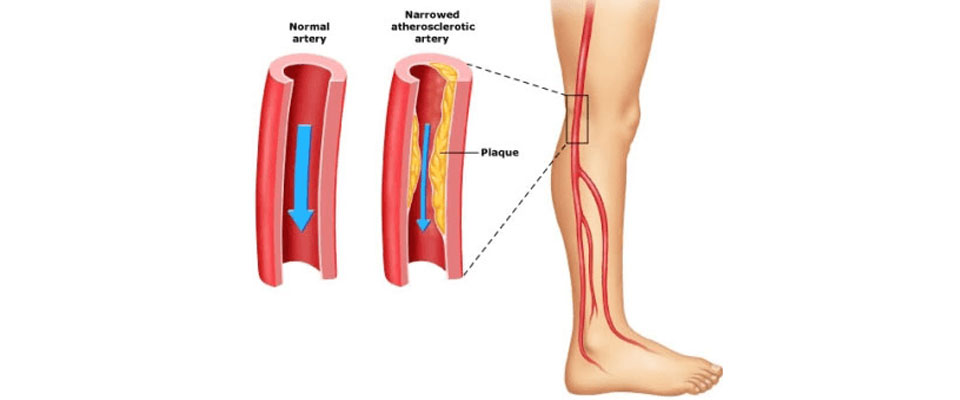
What Is A Claudicating Intermittent?
Intermittent claudicating is the tight cramp-like pain that usually occurs when the blood supply to the lower limb is limited in the calf muscle. The word comes from the Latin verb, cloudier, to limp. The severity of the claudicating is determined by the distance walked before the pain starts. The pain passes away within a couple of minutes when you rest or slow down. Walking up the hill, carrying a heavy bag or rushing shortens the distance from the claudicating. Although intermittent claudicating is unpleasant, it is a relatively benign condition for the leg. Most patients remain the same or improve and only a small minority (5 percent) progress to critical ischemia of the limb.
Are There Other Conditions Similar To Intermittent Claudicating?
Other conditions may be similar to intermittent claudicating. The main culprit is spinal claudicating caused by spinal canal congestion. This is usually due to lumbar spine wear and tear. The spinal claudicating pain is similar to intermittent claudicating, but the onset is variable; patients have good and bad days. This is never so with very consistent vascular claudicating. The spinal claudicating pain extends to the back of the thigh and to the shin beyond the calf muscle. There is often a history of back problems and a limited increase in straight legs
How Is It Treated With Intermittent Claudicating?
The priority of intermittent claudicating is to recognize it as a warning sign of possible hardening of the arteries elsewhere in the body before intervening with the legs.
Risk Factor
In many respects, the real meaning of intermittent claudicating is not the symptom, but the risk of death from other aspects of vascular disease. Claudicates have three times the mortality of age-matched controls, mainly due to strokes and aneurysms of coronary heart disease. It is therefore of paramount importance to pay attention to vascular risk factors such as smoking, hypertension, ant platelet therapy, and statin therapy. Changes in vascular risk factors are explained in more detail in the atherosclerosis section of the website (see Treatment, Prevention and Healing Conditions)
Exercise
By walking as much as possible, many patients can cure their intermittent claudicating. "Walking through the pain," i.e. walking as long as possible after the pain starts encourage the opening of collateral blood vessels. Patients do their own bypass effectively. A limited benefit is simply advising patients to walk, but supervised exercised programs are highly effective.
Angioplasty and Stetting
Angioplasty is most effective in the legs for stenosis or short blockages. Lower blockages can also be treated, but the risks are slightly higher and the benefits are less certain. Angioplasty and stetting are described in the website section Techniques and Services
Surgery
The value of exercise therapy and the efficacy of angioplasty have significantly reduced the number of patients requiring intermittent claudicating. However, surgery is highly effective and lasting in selected patients. This is especially true for blockages and narrowing of the common femoral artery in the groin, which is easily accessible surgically and is not easily treated with angioplasty. The best treatment can be a localized endarterectomy to remove the block. Other surgical techniques are effective in removing blockages or bypassing the iliac and femoral arteries.